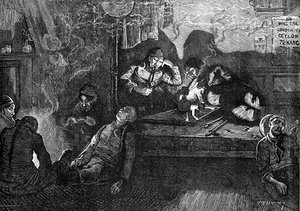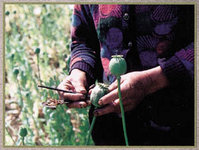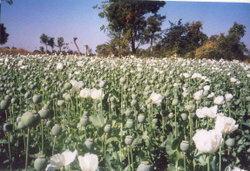BANGKOK, Nov. 1 Kyodo
A joint survey conducted by the United Nations and the Myanmar government shows that opium cultivation in Myanmar declined 26 percent this year, an official of the U.N. Office on Drugs and Crime said Tuesday.
The survey, using both satellite imagery and ground verification, estimated the total area of opium poppy cultivation in Myanmar at 32,800 hectares, down 80 percent from the peak in 1996, according to Akira Fujino, a representative of the UNODC Regional Center for East Asia and the Pacific.
While welcoming the decline in cultivation, Fujino stressed growing poverty and malnutrition among farmers could undo the moves toward opium eradication in Myanmar.
He urged the international community and donors to assist farmers in Myanmar for sustainable development.
''Opium poppy reduction must be accompanied by assistance for the wellbeing of the farmers. Both must be addressed by the international community,'' he said.
Myanmar is likely to be drug-free by 2014 as promised by Myanmar's military government, he said.
''Without sustainable alternative development efforts to assist the farmers with food crops and cash crops, it will not be sustainable,'' he added.
The survey focused on Shan State in Myanmar's north, which is part of the notorious Golden Triangle where 94 percent of the country's opium poppy cultivation occurs.
Myanmar's potential opium production this year was estimated at 312 tons, down from 370 tons last year.
Myanmar is the second largest opium grower in the world after Afghanistan, whose total opium poppy cultivation is estimated at slightly above 100,000 hectares, according to the survey.
Afghanistan's opium production this year is expected to top 4,000 tons, almost the same as last year.
COPYRIGHT 2005 Kyodo News International, Inc.
COPYRIGHT 2005 Gale Group




